Big Money, Little Effort: Practical and Effective Strategies for Stock Market Investment
$13.01
| Author(s) | |
|---|---|
| Format |
|
| Pages |
192 |
| Publication Year |
2008 |
Big Money, Little Effort shows how to tailor portfolios to suit particular circumstances. Author Mark Shipman employs anecdotal and personal examples to discuss, in layman’s terms, different investment strategies. Of particular use is a list of FAQs asked by the public, a glossary of financial terms, and a list of useful resources.
Introduction:
Systematic trading and investing has been at the core of my career in market speculation ever since and, although nowadays I’ve added elements of discretion to some of those approaches as detailed in my first book, The Next Big Investment Boom, I still operate a couple of rigid systems with clearly defined entry and exit signals. Following the publication of my first book, I became inundated with requests from readers to reveal more of my methods and, in particular, the more systematic strategies. So, to satisfy the demand, I decided to write this book and reveal one of my simple, ultra-long-term systems for investing in the stock market.
It is a pure system with clear, identifiable entry and exit signals, and if you follow the rules as instructed you will establish and liquidate your positions on exactly the same day and at around the same market level as I do. Do not be misled by the apparent simplicity of the System. Its performance over the last 20 years is far superior to that of the majority of the fund management industry, and this is in addition to a further 30 years of positive results from the historical testing we undertook on behalf of my hedge fund management company. Unimaginatively I’ve decided to call it ‘the Long-Term Investment System’, which should tell you all you need to know about the focus of the approach. It is a mechanical system in the sense that, once you have read and understood its simple rules, you will conduct the weekly analysis and generate exactly the same signals as everyone else who operates it, myself included. I’ve held nothing back; the rules in this book are the same rules that I use for investing a percentage of my own money.
Readers who’ve bought my first book will be aware that the main focus of my investing relies upon ‘stage analysis’ of the current long-term fundamentals. Then, once a potential asset class has been identified, I apply a simple set of technical (price chart-based) criteria that have to be met before I invest. Using this approach, I typically participate in five or more different positions, spreading my capital and hopefully some of the risk. All this analysis is conducted just once a week, and positions are established or liquidated at the beginning of the following week.
In contrast, the Long-Term Investment System is a just a mechanical strategy. There is no subjective stage analysis or ambiguity regarding entries and exits and, aside from deciding whether or not to actually participate in the stock market in the first place, all other decisions are directed by the System. Because this is a more passive strategy for investing than the method contained in The Next Big Investment Boom, I think it would be more suitable for those investors who lack either the experience or the inclination to delve more deeply into the subject. I personally use the System to control approximately 20 per cent of my capital, with the balance controlled by other strategies, including the one detailed in my first book. Although the System differs somewhat from the first method I revealed, there are also a number of similarities: both require minimal time spent on analysis; both are seeking to identify and exploit long-term investment trends; and both have been extremely profitable over the years.
Where the two methods differ, and the chief reason why I personally continue to use them both, is the diversity they give to my investing. The stage analysis strategy detailed in my first book can be used on all manner of assets from property, stocks and bonds through to commodities. In contrast, however, the System works primarily on stocks and shares and in particular stock market indices. I allocate some of my investment cash to the System because it guarantees that I will participate in every major stock market bull trend regardless of whether or not I’ve ‘discovered’ or ‘missed’ the opportunity using my other methods. In essence, I can afford to concentrate my analysis in other areas because, if there is a sustained long-term bull market in stocks, I know the System is going to catch it for me.
Contents:
- But why bother?
- Be careful who you trust
- How to spot the friend from the foe
- You can beat the professionals
- Systematic investing
- The benefits of evaluating a system
- Disciplined market timing
- Market timing vs buy and hold
- The psychology of following a system
- Is that all there is?
- The Turtles
- The Long-Term Investment System
- The rules
- An operational guide
- Where to invest – asset allocation
- The major stock market indices
- The System – historical performance 1951–2007
- The 1987 Crash
Big Money, Little Effort: A Winning Strategy for Profitable Long-Term Investment By Mark Shipman pdf
8 reviews for Big Money, Little Effort: Practical and Effective Strategies for Stock Market Investment
Clear filtersOnly logged in customers who have purchased this product may leave a review.

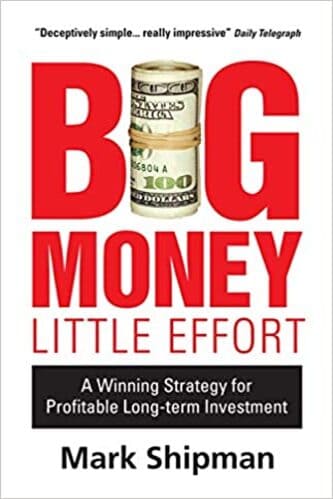

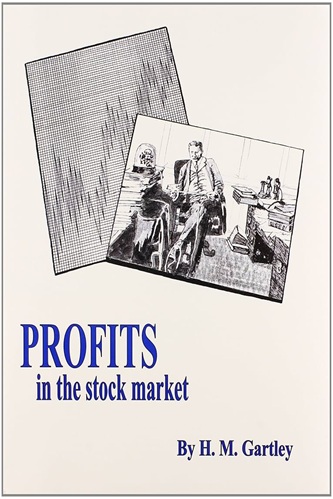
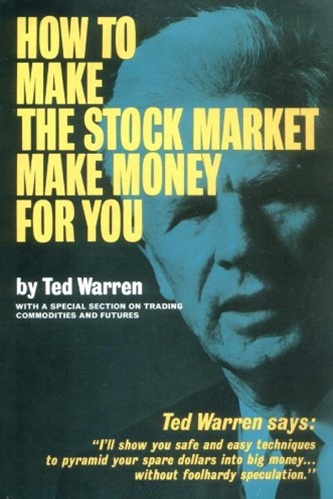
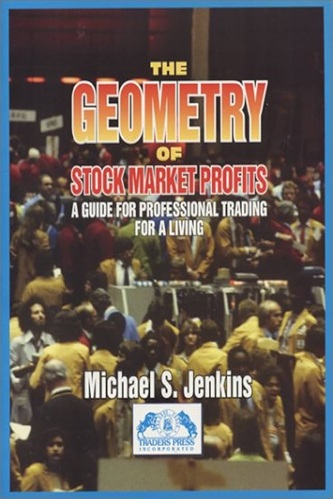
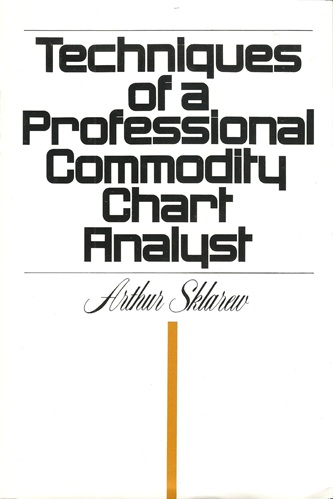
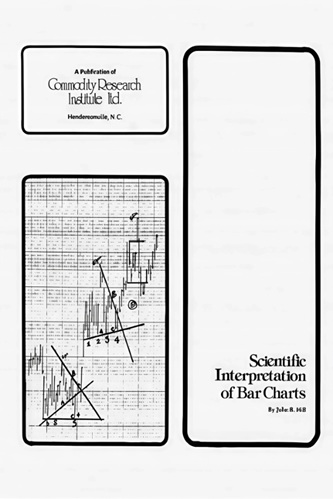
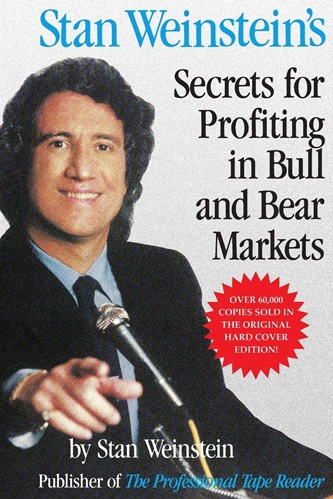
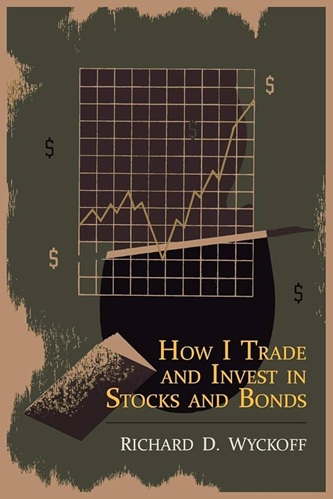
Estelle Collins (verified owner) –
Downloadable and printable. Busy reading. Great book so far!
Izaiah Rhodes (verified owner) –
Quick read like the Shipman’s first book – again simple yet highly effective strategies for successful investing.
Mason Li (verified owner) –
I give this book one star to balance out the other inflated scores. (I would give it zero if I could – sacredtraders how many times have you been told this?) Early in the book, the author says “I reveal my systems and strategies because I can.” The implication being he did it for enjoyment not money. He could have of course posted them on the internet for free. There is not enough in the book on downside risk, transaction costs, income tax and capital gains tax. (In my opinion beginners should not start here – try “Smarter Investing” by Tim Hale.) Also the index is too brief with key words not listed. Two pages in the book provide detail of the author’s system, the rest is quite interesting but not that “new”. Overall the book just prompted me to research several issues for myself. If you want to save yourself the cost of this book you should first perhaps undertake research on “moving averages” – simple, weighted and exponential. I am not sure the author goes into enough detail on the differences in these three. You may also like to research “Chartists” and “Quants”. These revealed “systems and strategies” are by no means new and should perhaps not be used in isolation of other investment analysis/research particularly by novices.
Jaxon Lowery (verified owner) –
Easy to read and understand.
Tatum Burch (verified owner) –
You have to pick the write index to invest in, they all arent winners. The time frame chosen also makes a huge difference.Check out study below where the author is able to demonstrate that buy and hold strategy works better in most cases.
Paige Mitchell (verified owner) –
First up, I should say that there should be more books like this. It’s simple, elegant and, for the most part, is a workable system for conservative returns. That is, as long as you trade in market indices (because that’s what the author recommends too).
Secondly, since we’re trading on a longer time frame, there won’t be as many signals to enter or exit. Also, there are both profits and losses trading this system but that’s the nature of the markets (there is no such thing as a perfect system). That said, for someone who doesn’t want to monitor trades every day, this is as easy as it gets.
The crux of this book is just ONE method. It involves the weekly chart and tells you in clear, unambiguous terms when to enter the market (buy) and when to exit (sell and liquidate). Even though the method itself is just 3-4 pages long, it’s the build-up that emphasizes and reinforces the utility of this system for long term investment.
Log into your charts once a week and a visual glance tells you whether it’s time to enter the markets, wait on the sidelines, or exit the markets. It’s that simple.
Miles Morris (verified owner) –
This book deals with longer term investing via the use of simple moving averages. In the book, the author gives some charts and examples of the buy signals which the 30 week sma crossing over the 50 week sma. Seems simple enough to use and follow for most investors. Other books go on and on and confuse you and are not even worth the paper it is printed on. For the price and the content, this certainly has some value for the average investor looking to make money in the stock market.
Genesis Schroeder (verified owner) –
Excellent